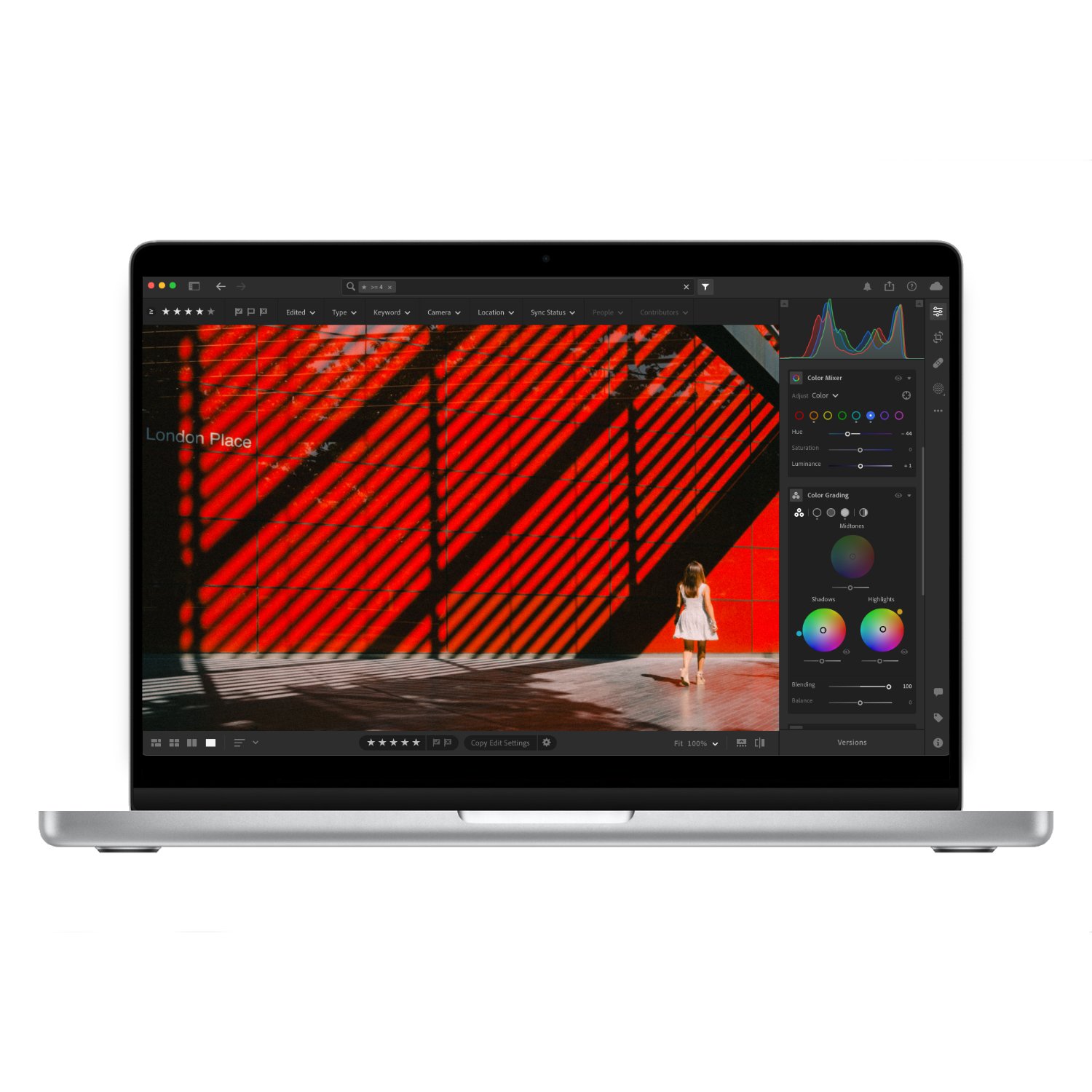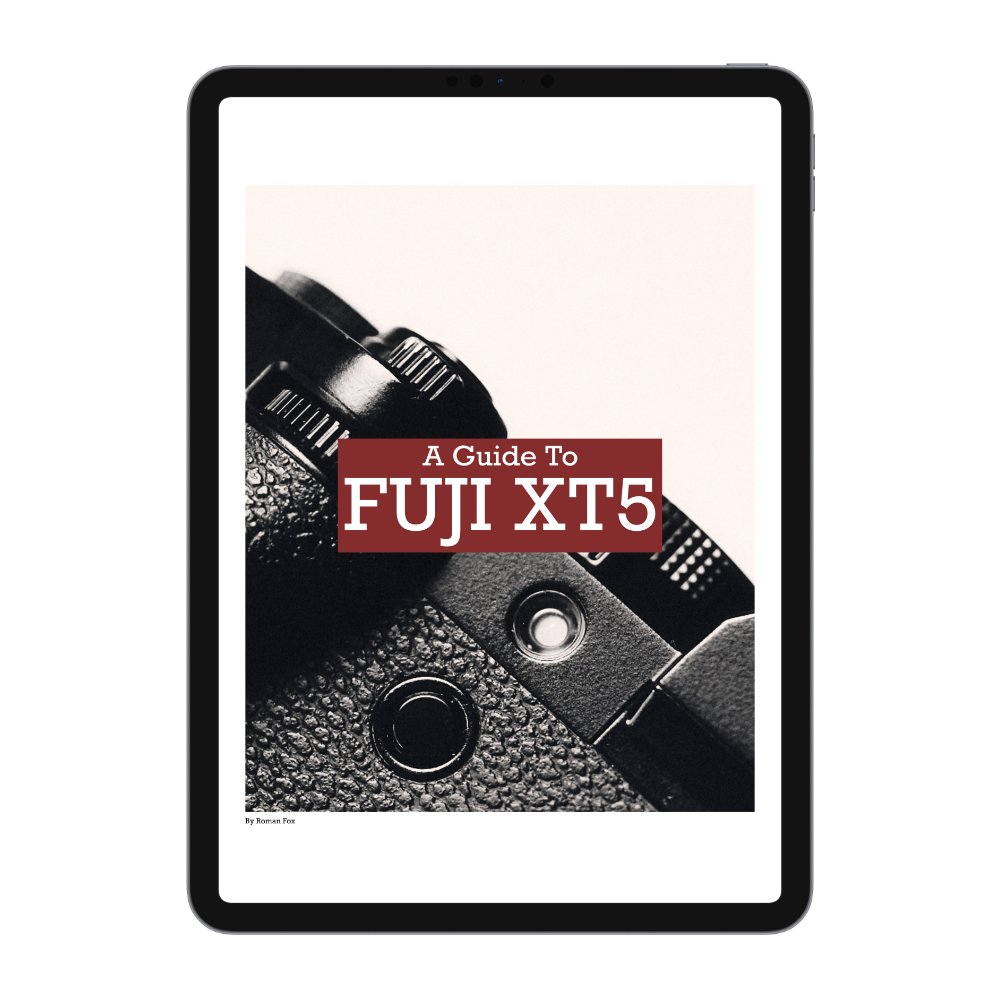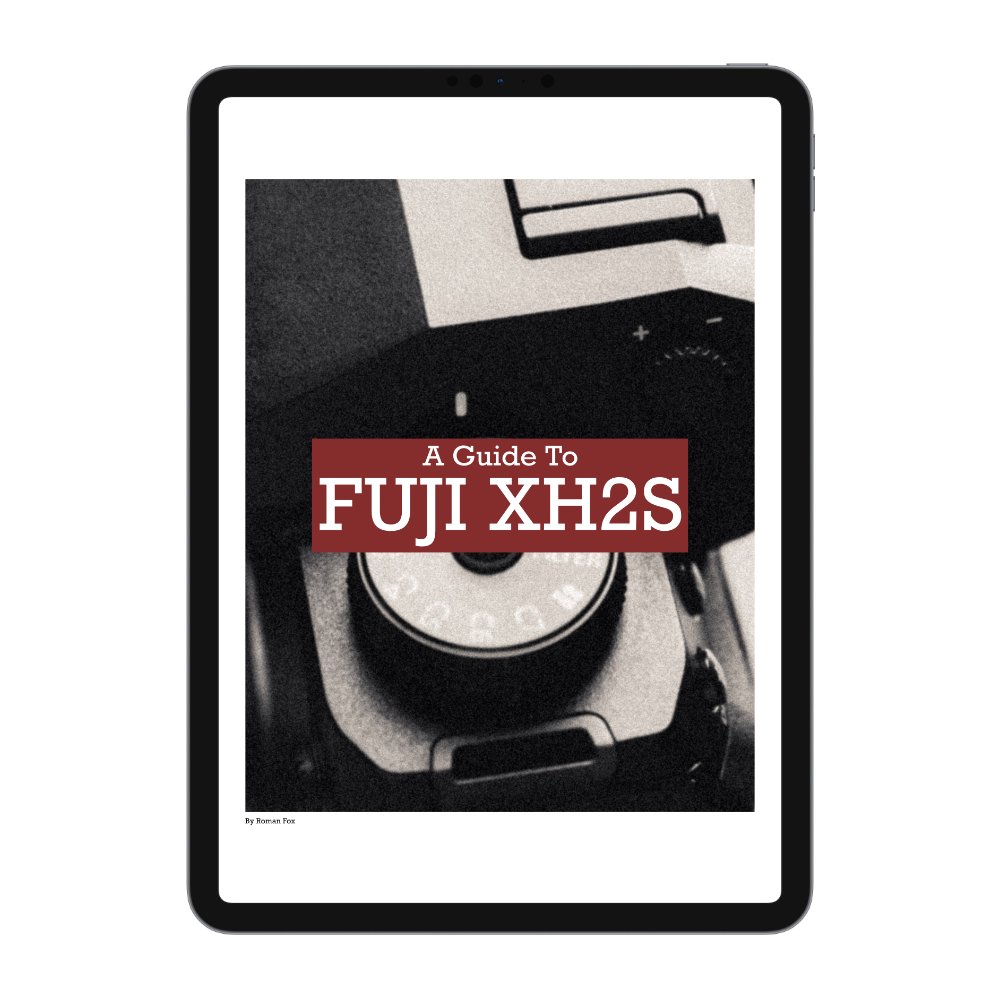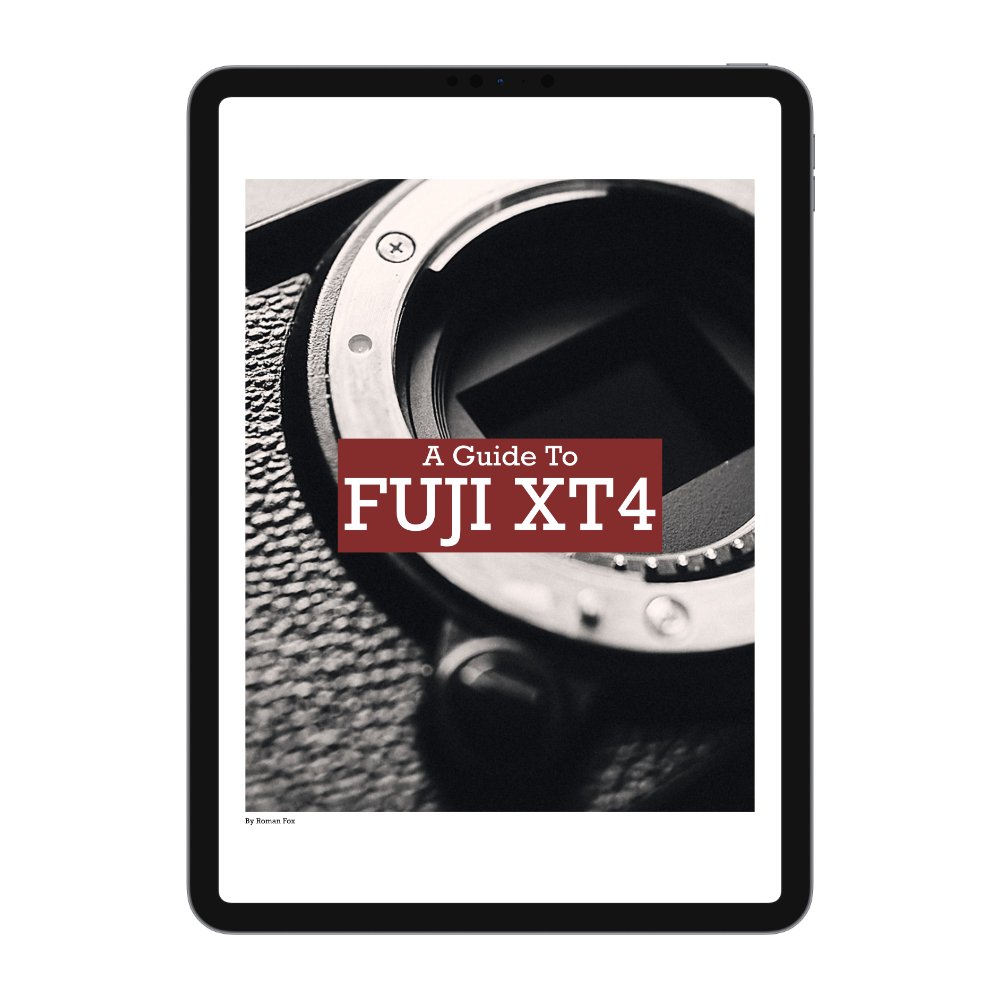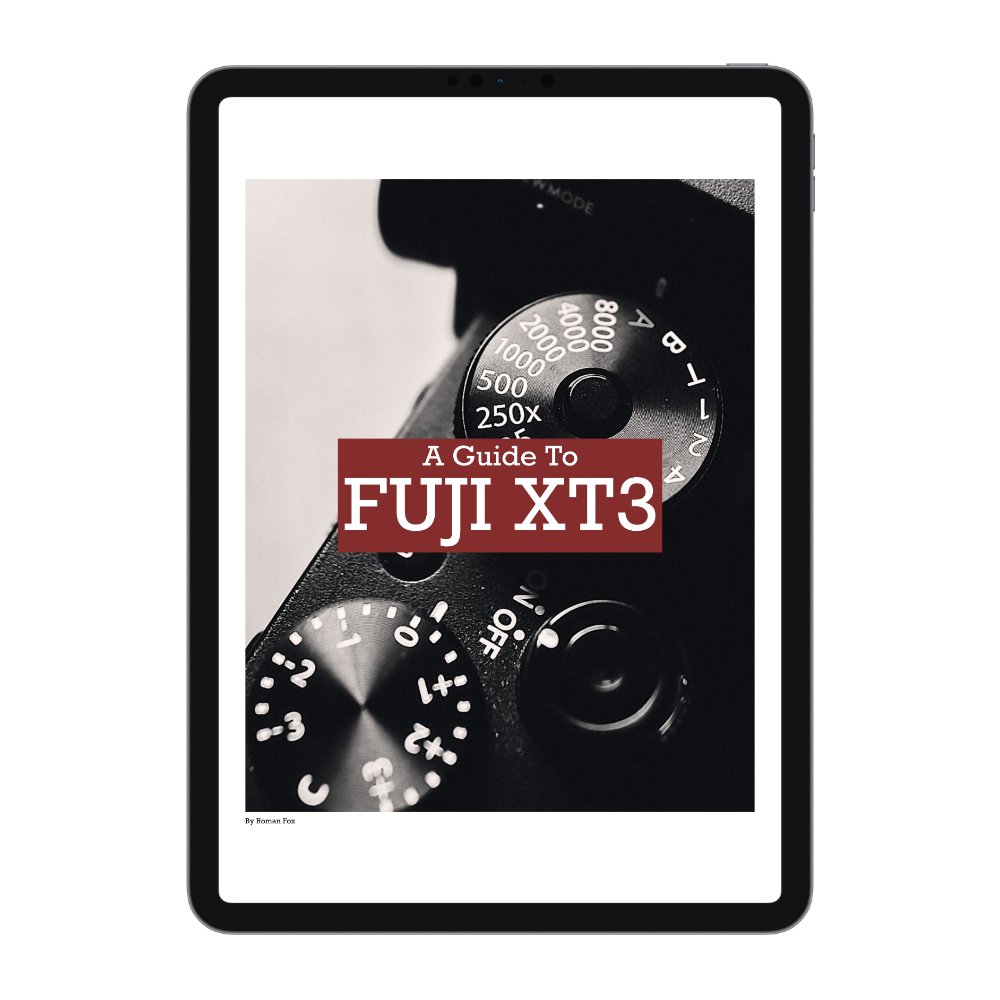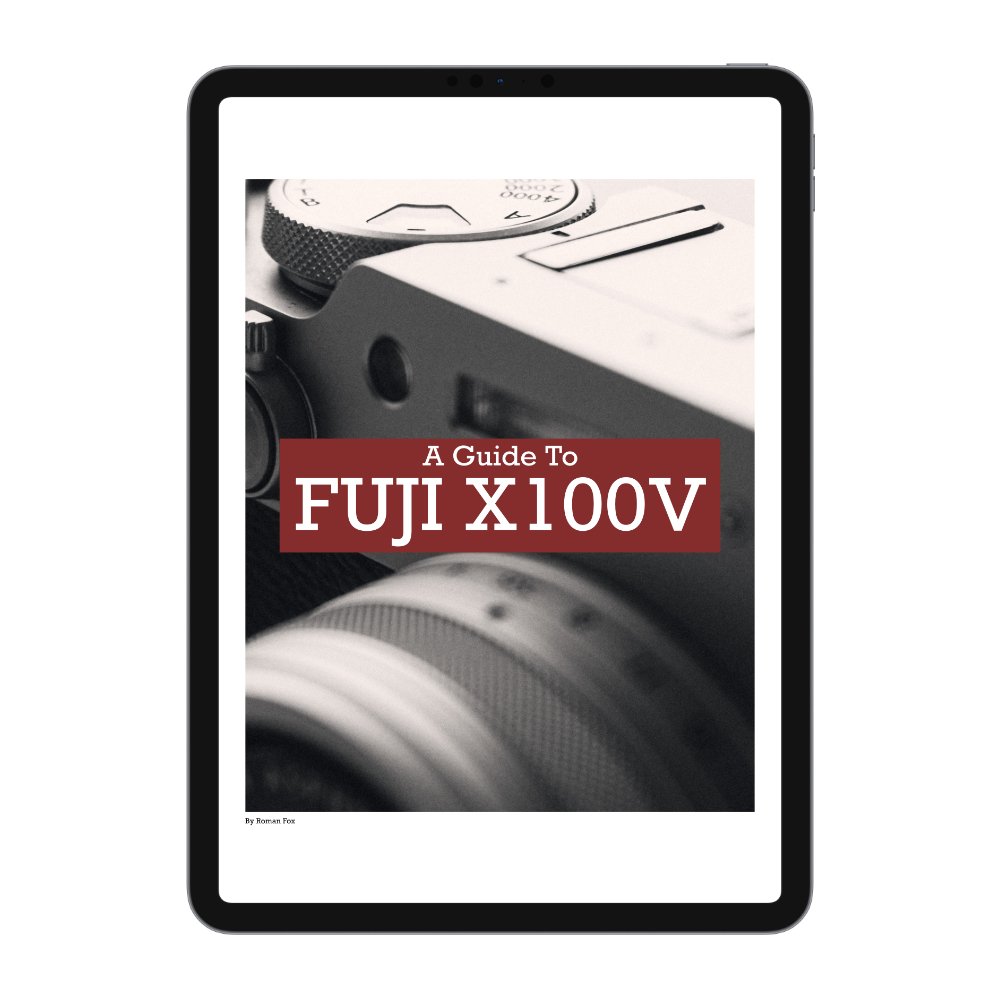Sony FE 35mm f1.4 G Master vs Sigma 35mm f2 DG DN Contemporary
If you’re after a 35mm prime for Sony, there are a ton of options, both from Sony and third parties. While I personally can’t test them all, I have picked up two of the best offerings (in my opinion) to see which one is the best. The term ‘best’ is of course subjective and it will depend on your specific needs. In this blog, I will compare the Sony 35mm f1.4 GM with the Sigma 35mm f2 DG DN Contemporary prime lens. For full clarity, I purchased both of these lenses with my own money and I don’t have any contact with either company.
Why?
While there are many options, I feel these two will be the most popular choices for most people. The Sony is the gold standard fast prime but at a premium price. The Sigma is a smaller, lighter, and better-looking competitor that is still plenty fast enough for most people. While there will be a small cohort that would want both, I suspect most of you only need one 35mm prime; therefore, in this blog, I aim to help you decide which of these lenses is right for you. I’ve also written about them separately, and you can check that out below:
Why 35mm?
35mm is an incredibly versatile focal length and is best suited to travel, street photography, and even portraiture. While this focal length won’t give you the classic portrait look like a 50mm can, it’s far superior for environmental portraits where the environment is just as important as the person. This is an amazing focal length for travel, allowing you to capture the entire scene without the need to be right in the middle of the action. If I had to pick one focal length for the rest of my life, it would be the 35mm.
Common Strengths
They are built very well and feel premium.
Both offer a wide enough aperture for low-light shooting.
They both have aperture and focus rings.
Both come with an AF/MF switch on the side.
Both have good AF systems.
Both have good image quality.
Common Weaknesses
None.
Key Differences
While both feel premium, the Sony feels more modern, and the Sigma feels more retro. The Sigma feels more mechanical with a solid all-metal build. While the Sony is also a metal construction, it’s coated and has a different finish. Other than that, both feel about the same in terms of build quality.
The Sigma is substantially smaller and lighter than the Sony.
The Sony has full weather sealing. The Sigma is only partially sealed at the base (lens mount).
The Sony has a customisable function button on the lens as well as an option to de-click the aperture dial. The Sigma doesn’t have these features.
While both have good image quality, the Sony is noticeably better, especially when wide open.
At f/1.4, the Sony allows more light in, thus making it an ideal choice for night shooting.
While both have good AF, the Sony is noticeably better given its linear motors.
The Sony firmware can be updated through the camera. The Sigma required a pain in the arse process through a laptop.
The Sigma is nearly one-third of the price.
Why Pick The Sony
If you want the best low-light performance, the best image quality, the best autofocus, and the best integration with a Sony camera, this is your choice. If you need full weather sealing because you plan on shooting in wet and dirty conditions, I would go for the Sony. Finally, if you really need the custom function button on the lens, then this is the clear winner.
Why Pick The Sigma
The two biggest factors why someone would pick the Sigma are cost and size. A difference of around £900 can’t be sniffed at. You can buy a 35, 50, and 90 from Sigma and not pay much more than what the Sony costs. Secondly, is the size, as the Sigma is bordering on APS-C form factor, and for many people, this alone will be what seals the deal. Having shot with both lenses extensively, the difference is very noticeable. If you plan on shooting in low light, then f/2 is still plenty for 90% of scenarios.
SONY 35MM F1.4
SONY 35MM F1.4 300% ZOOM
SIGMA 35MM F2
SIGMA 35MM F2 300% ZOOM
What I Recommend
Whilst I have been objective about these two lenses, at the same time I can’t stress enough how small the difference in image quality and AF performance is. You need to be looking for it and paying attention to notice it at all. If you really need the best, no questions asked, then sure, go for the Sony. However, for 99% of people, the Sigma will be perfect.












